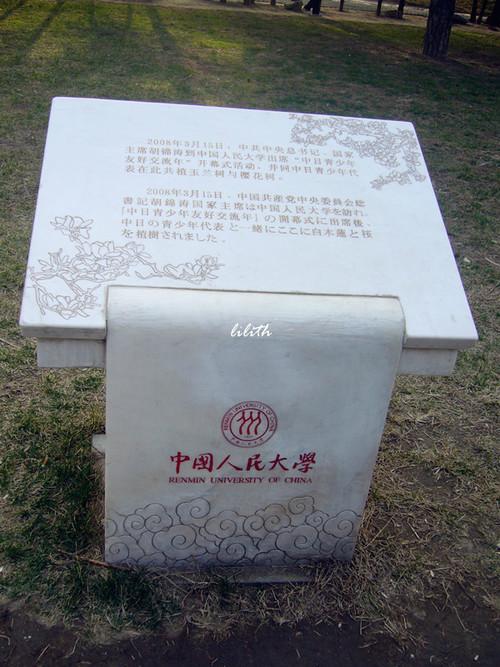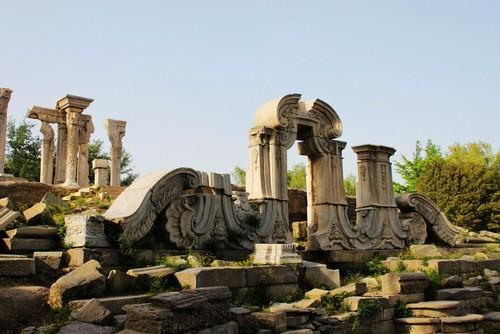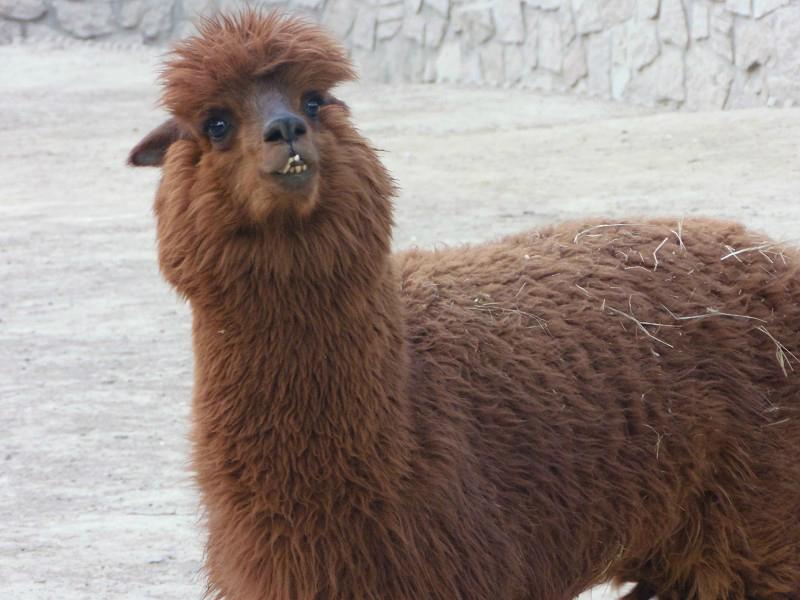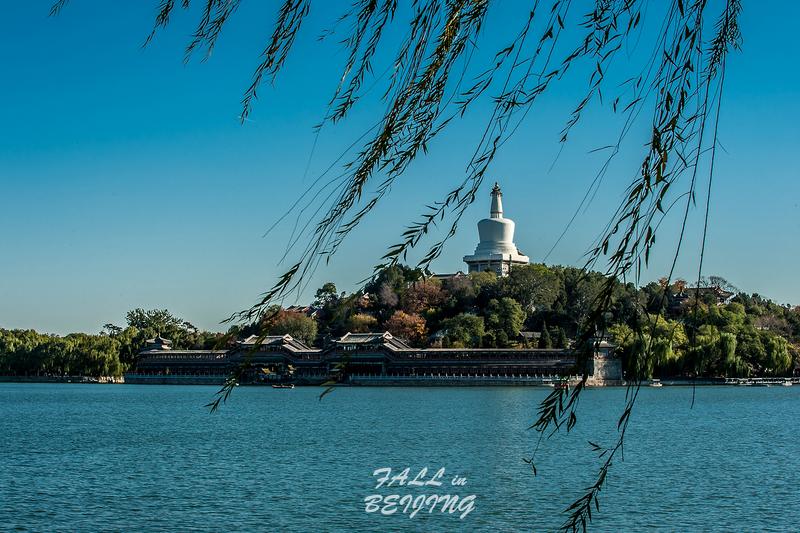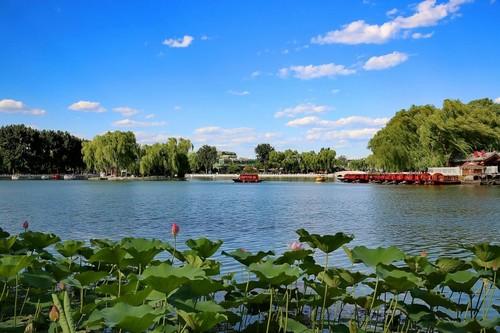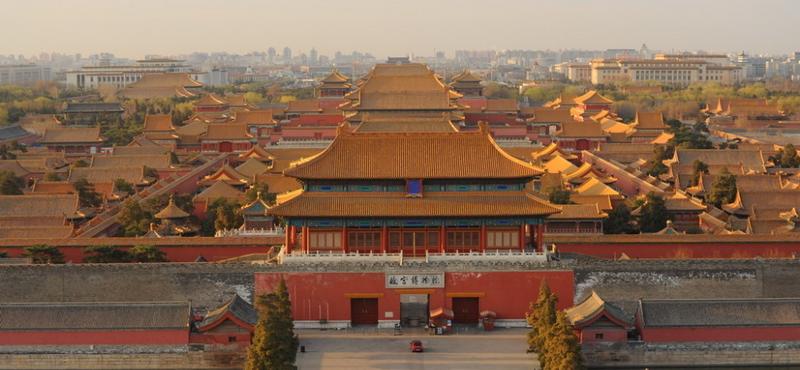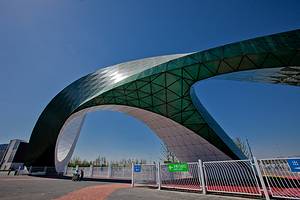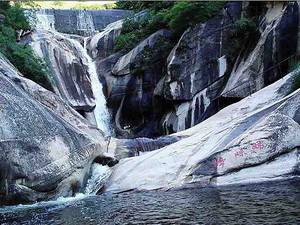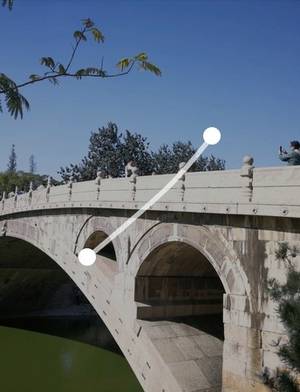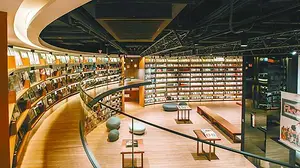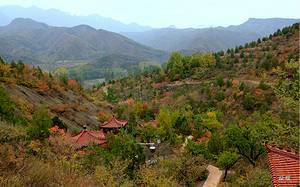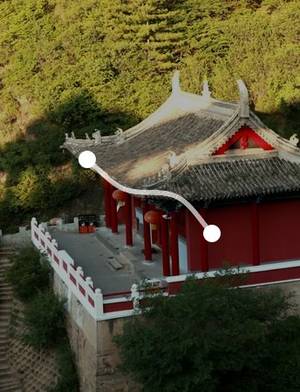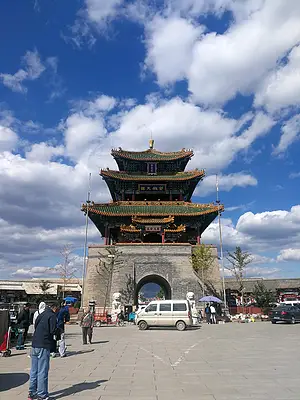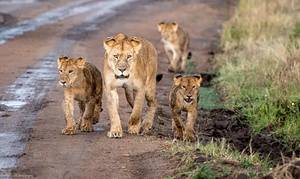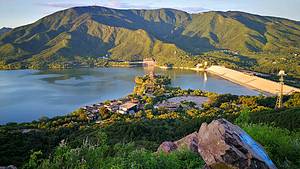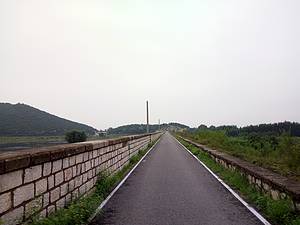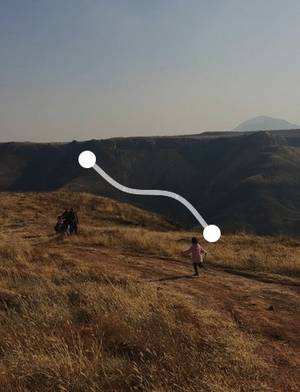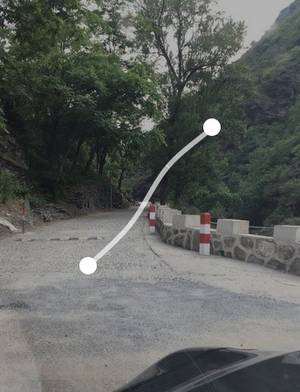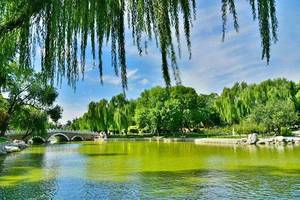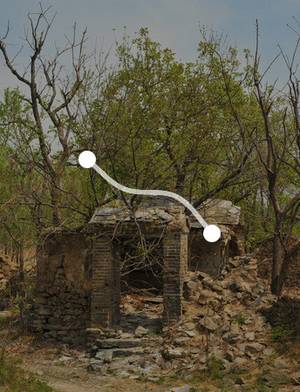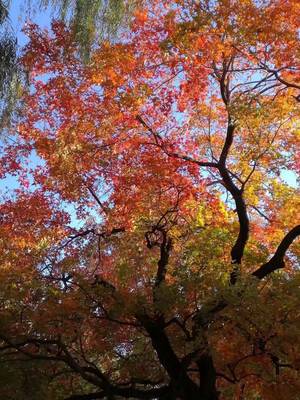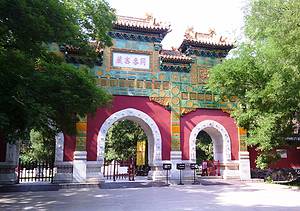5-day trip to Beijing (The magnificent capital with a thousand years of history, where cultural heritage and natural beauty converge)
1 cities |
11 attraction(s) |
total distance 45
km
 TIPS
TIPS
Day1
Day2
Day3
Day4
Day5
Day1: Beijing
2 attraction(s) ·
6 km
1
The Summer Palace is located in the western suburbs of Beijing and is considered the foremost classical garden in China. It was inscribed on the World Heritage List on December 2, 1998.
6
km
Day2: Beijing
2 attraction(s) ·
7 km
1
Renmin University of China is a comprehensive national key university, affiliated with the Ministry of Education and jointly built by the Ministry of Education and Beijing Municipal Government. Its predecessor was Shaanxi Public School, which was born in the flames of the War of Resistance Against Japanese Aggression in 1937, followed by North China United University and North China University. On December 16, 1949, the 11th Executive Meeting of the Central People's Government decided to establish Renmin University of China based on the recommendation of the Communist Party of China Central Committee. On October 3, 1950, the opening ceremony of Renmin University of China, which was merged and established based on North China University, became the first new regular university founded in the new China.
7
km
2
Adjacent to the Summer Palace, it consists of three gardens: the Garden of Perfect Brightness, the Garden of Eternal Spring, and the Garden of Elegant Spring. It is a large royal garden created and operated by the emperors of the Qing Dynasty for over 150 years.
Day3: Beijing
2 attraction(s) ·
17 km
Day4: Beijing
2 attraction(s) ·
9 km
Day5: Beijing
3 attraction(s) ·
7 km
1
Shichahai, also known as "Ten Temples Lake," is named after ten Buddhist temples that used to surround it. It is scattered with tranquil lake views, celebrity residences, imperial palaces, and other historical sites.
4
km


